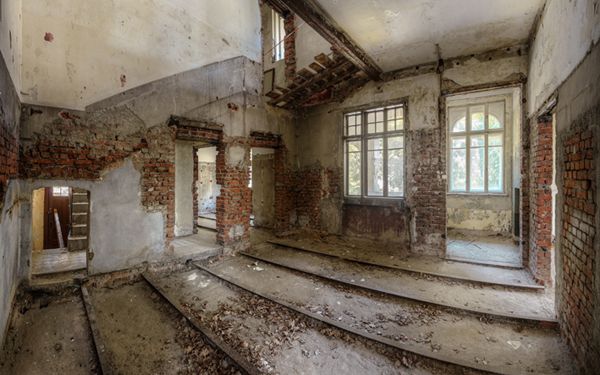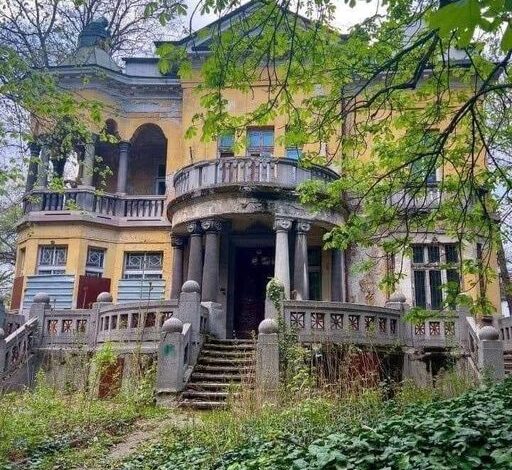In the late 1920s, banker Dimitar Ivanov and his wife, Nadezhda Stankovic, set out to create a residence that would exude sophistication and charm. Known today as the Strawberry House, this architectural gem was once a vibrant symbol of affluence and style. At the heart of its grand interior lay a stunning red marble fireplace in the reception hall, accompanied by a podium where musicians played for guests. The intricate crystal details on the interior doors added a touch of elegance, while multiple bedrooms, sweeping terraces, a spacious study, and dedicated service areas offered all the comforts of luxury living. While the original furnishings have not survived, Sofia’s elite at that time often imported stylish pieces from across Central and Western Europe.
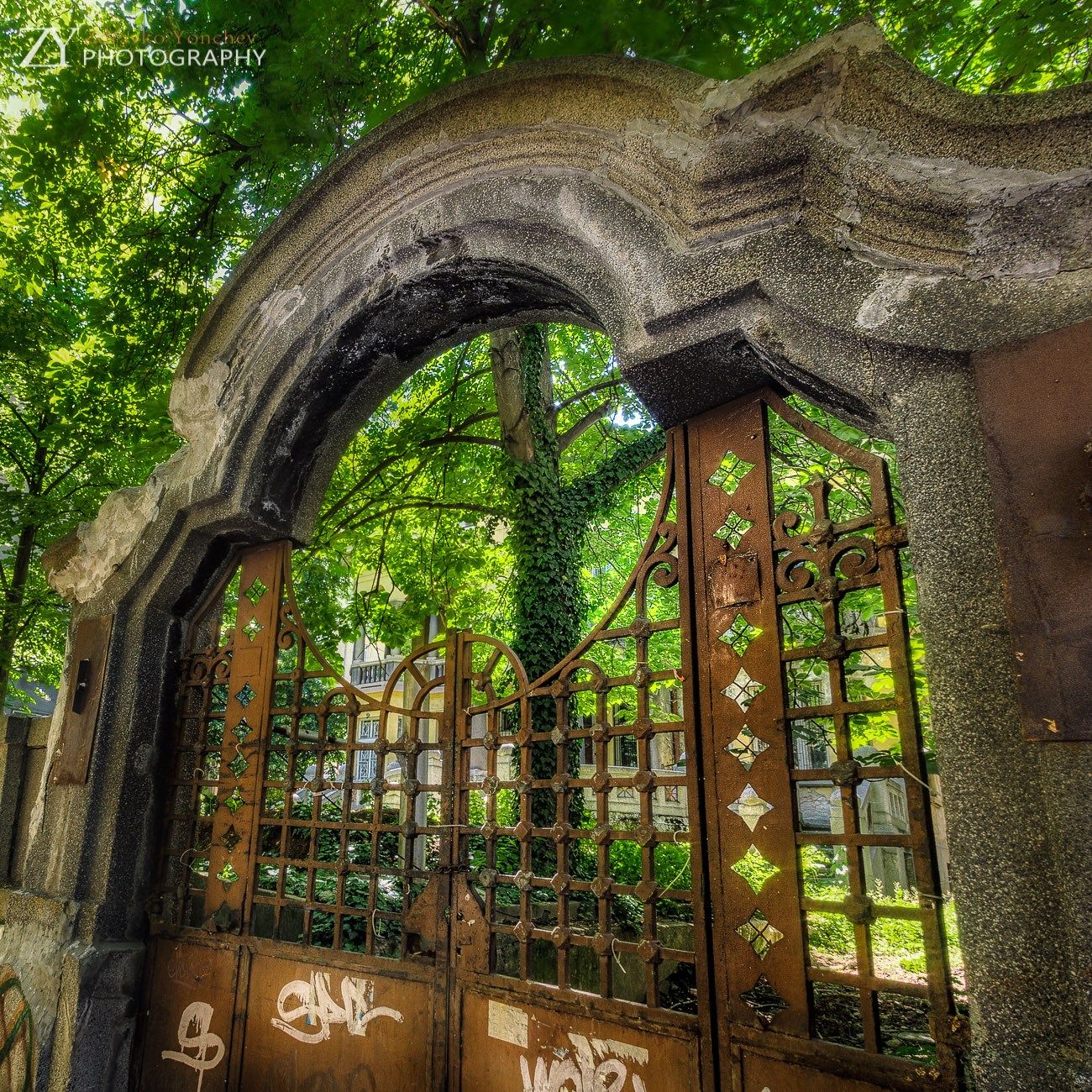
Outside, a beautifully designed wrought iron fence enclosed the front yard, offering privacy from the street. A triple staircase led to the main entrance, while two side portals allowed carriages to enter and exit gracefully. Imagine an era where horse-drawn carriages entered through one portal, waited behind the house as their occupants mingled, then exited through the other, all as part of a meticulously coordinated dance of high society.
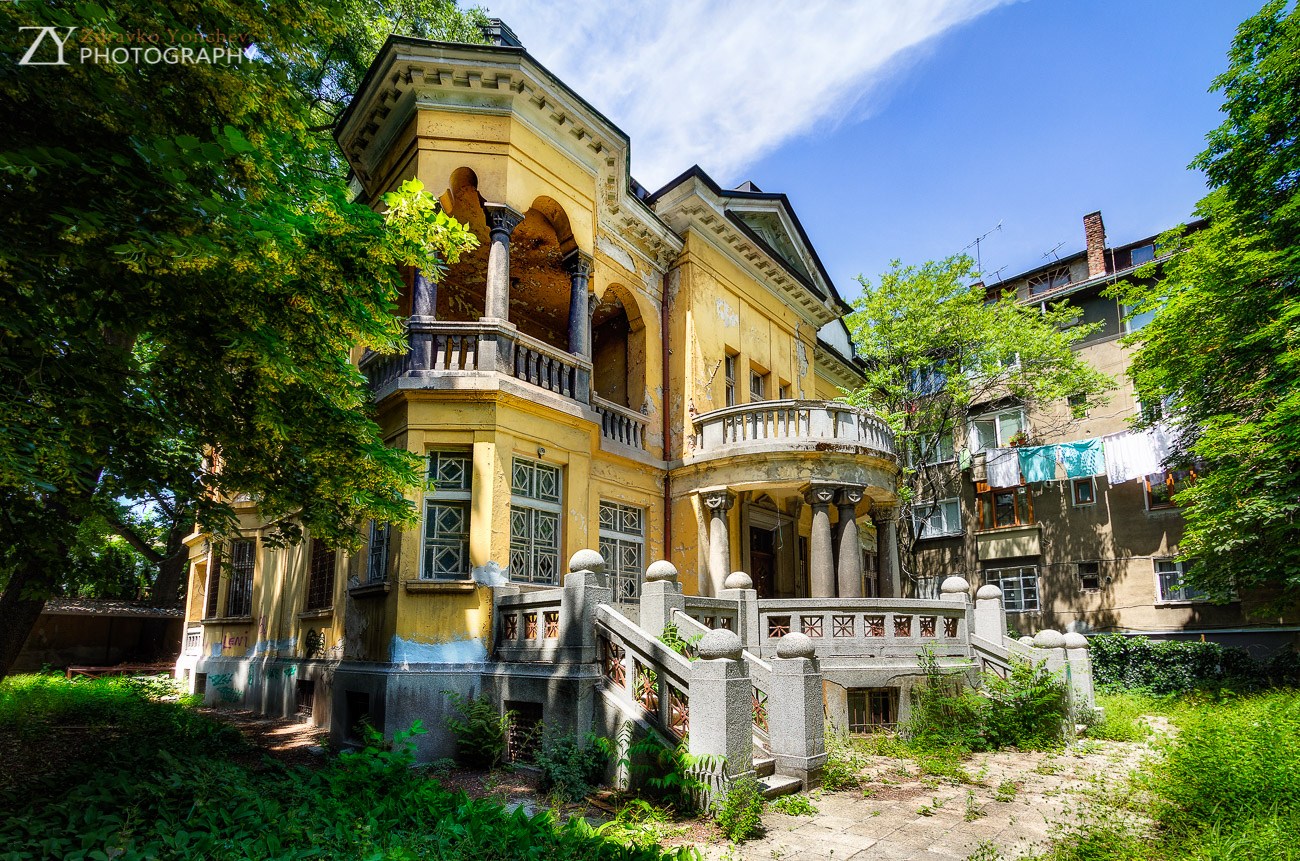
The Ivanov family enjoyed a happy life here until 1944, when the house was seized and nationalized. It was initially used as the Romanian Embassy before becoming a commercial office for the USSR in Bulgaria. Over time, it served as headquarters for various communist organizations, though the specifics of their activities remain somewhat mysterious.
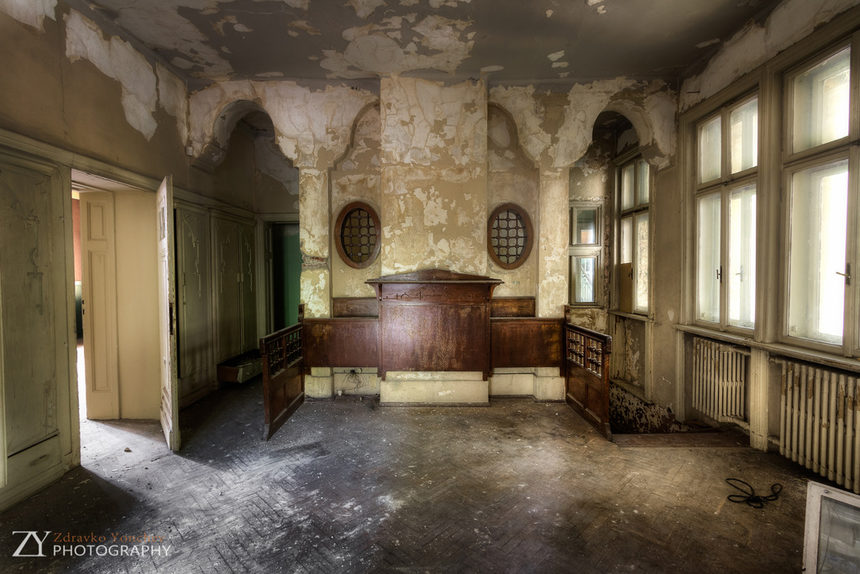
In the 1990s, the property was returned to Ivanov’s heirs, and in 2004 it was purchased by Lukoil director Valentin Zlatev. However, the mansion has since remained largely untouched, its once-beautiful exterior now showing the wear of time. Once a jewel of Bulgarian architecture, the Strawberry House now stands as a quiet, fading testament to a bygone era, its splendor slowly slipping into history.
